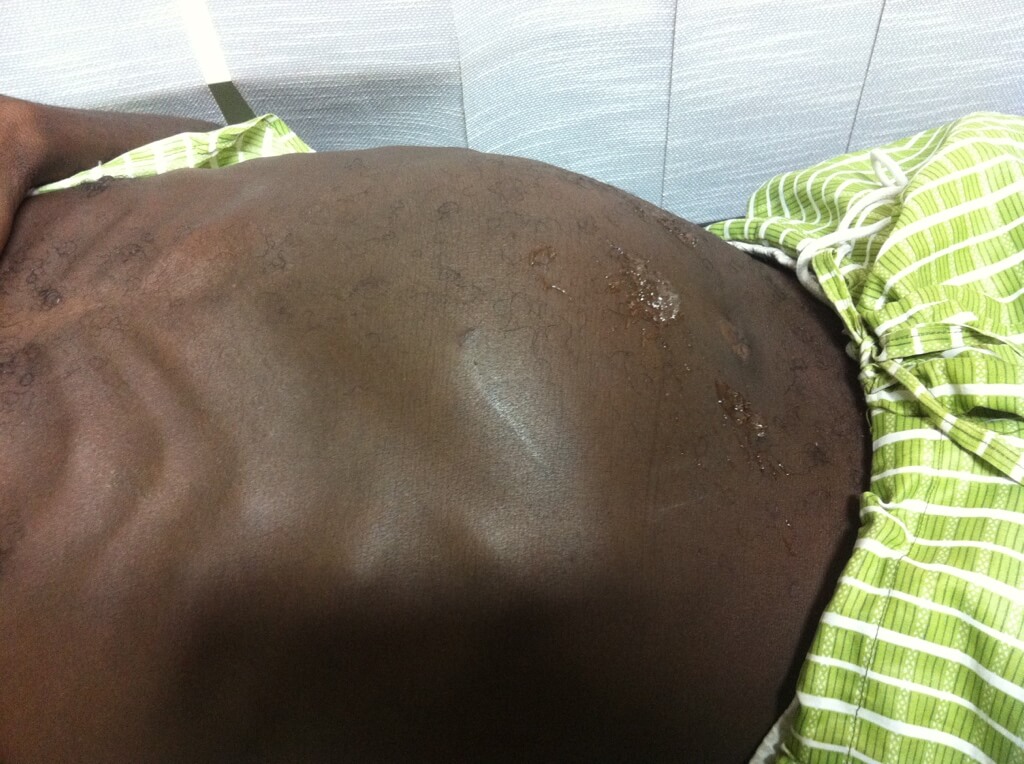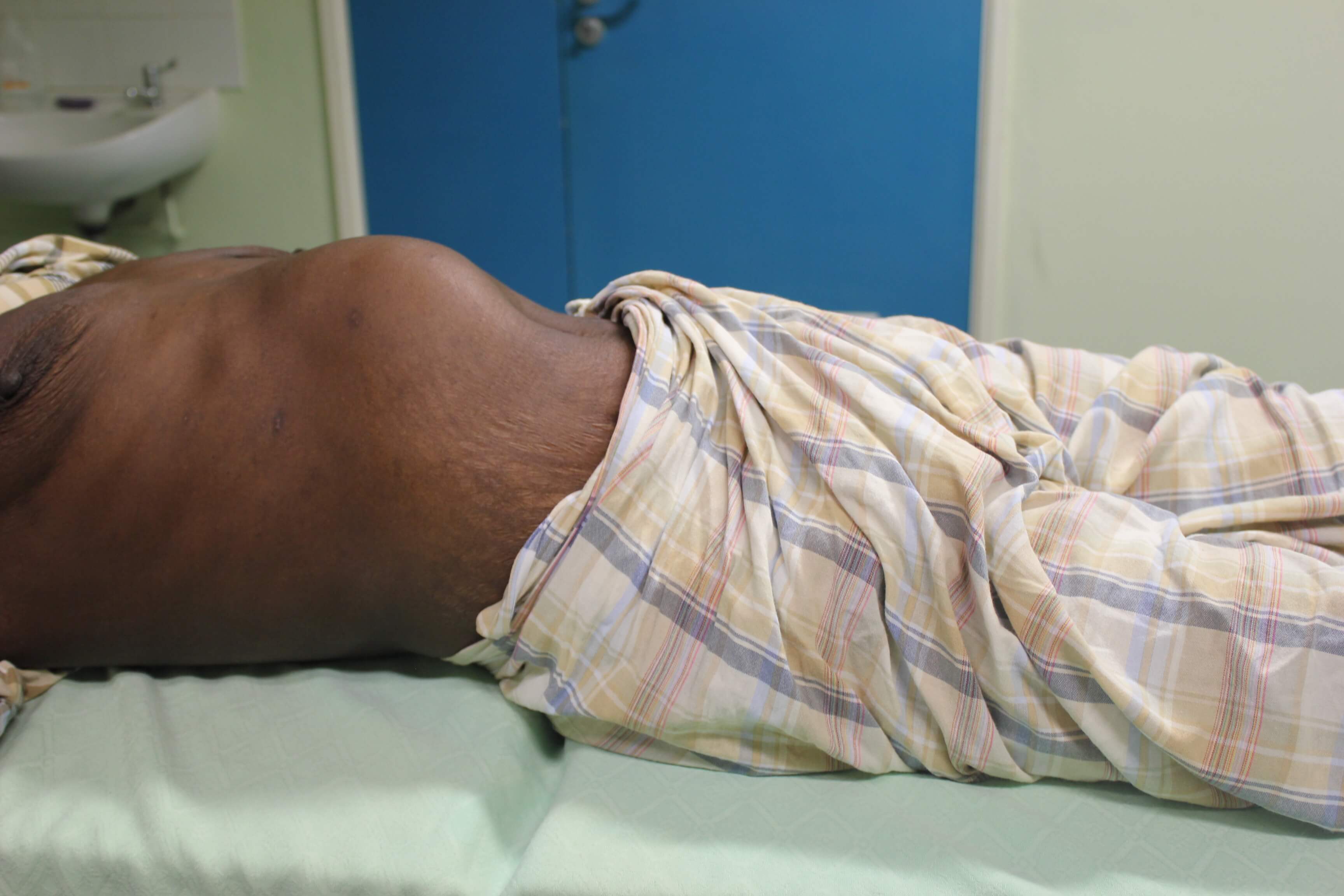Liver cancer
Liver cancer was estimated to be the sixth most commonly diagnosed cancer and the fourth leading cause of cancer death worldwide in 2018 (GLOBOCAN data), with about 841,000 new cases and 782,000 deaths annually. Globally, the main risk factors for HCC are chronic infection with hepatitis B virus (HBV) or hepatitis C virus (HCV), aflatoxin-contaminated food stuffs, heavy alcohol intake, obesity, smoking, and type 2 diabetes.
Liver cancer (mainly hepatocellular carcinoma) is the most common cancer in Africa, where the key determinants are chronic HBV infection and aflatoxin exposure. Aflatoxines are molds that are considered as human carcinogens. They are produced mainly by the fungal species Aspergillus, found in cereals, peanuts and corn in many tropical areas.
Immunization against HBV and antiviral therapy are the best measures to prevent the development of viral hepatitis-related liver cancer.
Our research group has previously shown that being infected early in life from mother-to-child in a strong independent factor associated with the risk of liver cancer (Shimakawa Liver International et al 2015 and Shimakawa et al Gut 2016). It is therefore critical to prevent vertical transmission from mother-to-child of HBV.
Treatment of hepatitis B should reduce the incidence of liver cancer in African populations exposed to the African environment. However, this has never been demonstrated so far in Africa. PROLIFICA will adress this question through long term follow-up of the PROLIFICA cohort of patients with chronic hepatitis B.
As part of the PROLIFICA programme we work on the epidemiological, clinical and virological features of patient diagnosed with HCC in West Africa. We enrolled more than 500 patients with suspected or confirmed HCC (HC4 study).
We are also working on the development of simple diagnostic tests for active chronic hepatitis B requiring treatment (Shimakawa et al. J Hepatol 2018) and liver cancer (Ladep et al. Hepatology 2014). The identification of unique blood and urine biomarkers for HBV and HCC would enable the development of diagnostics, which can be used in resource-poor settings for the early diagnosis of the two diseases.
Picture: patient with large HCC due to to hepatitis B. The late stage presentation is unfortunately very common in Africa.


